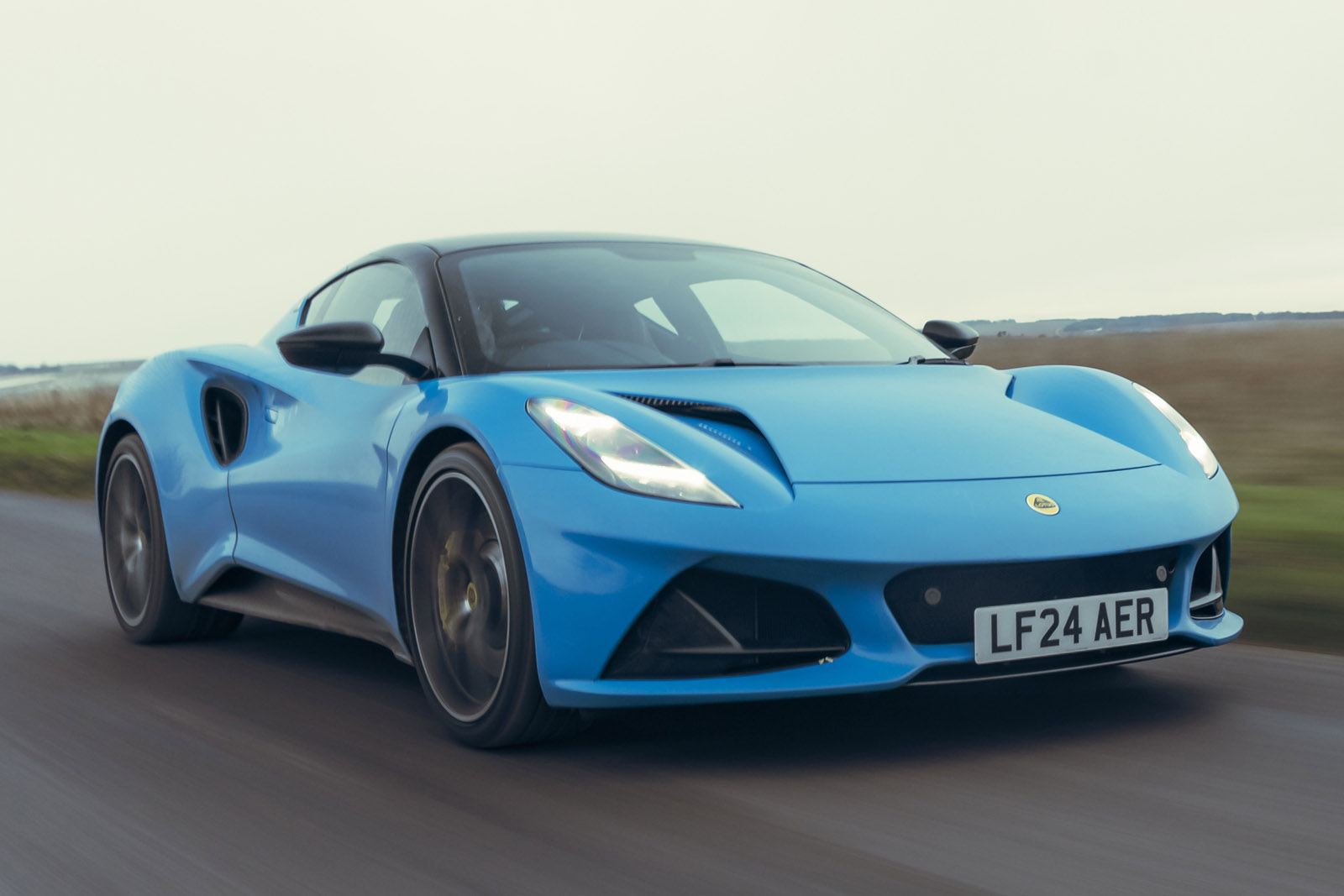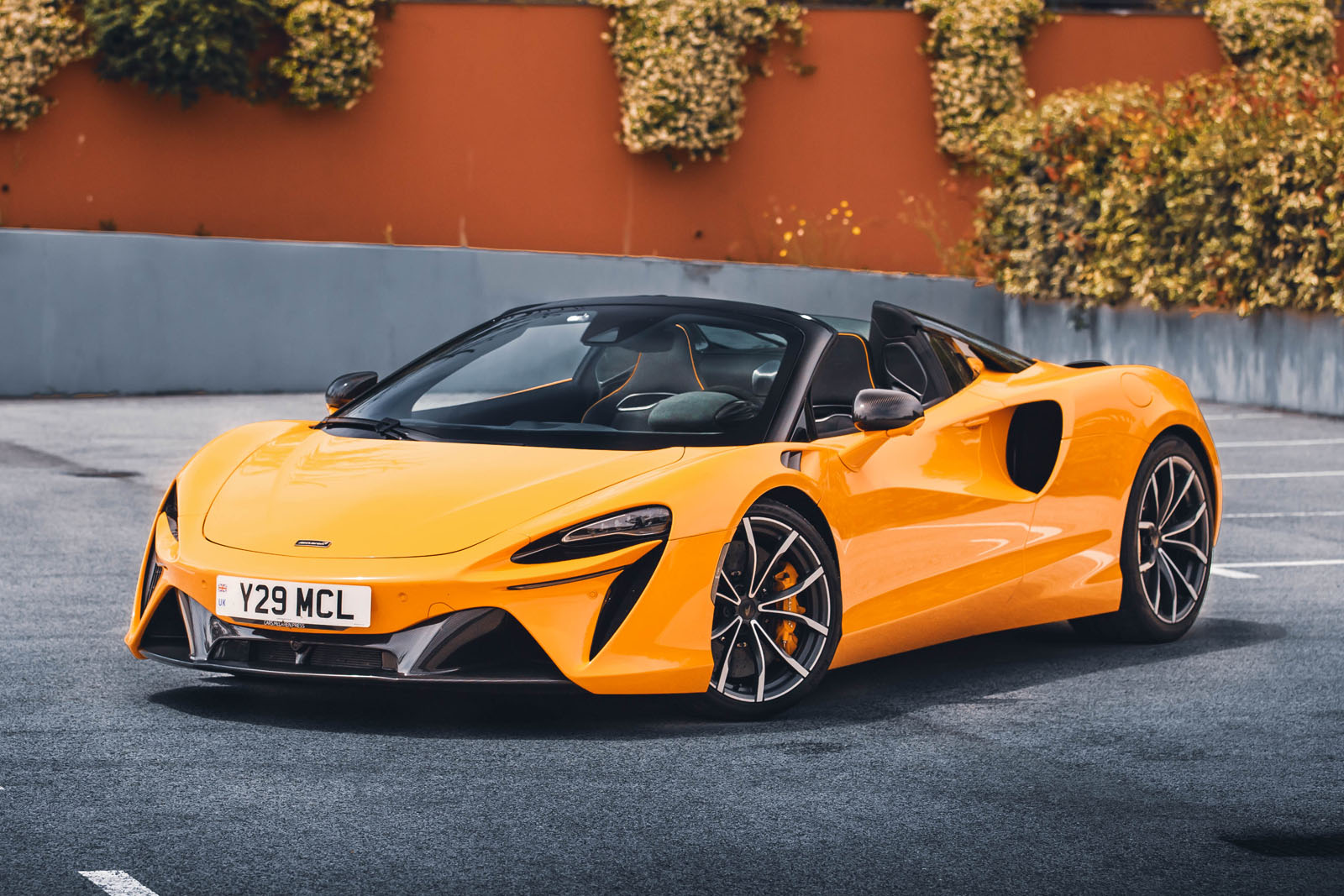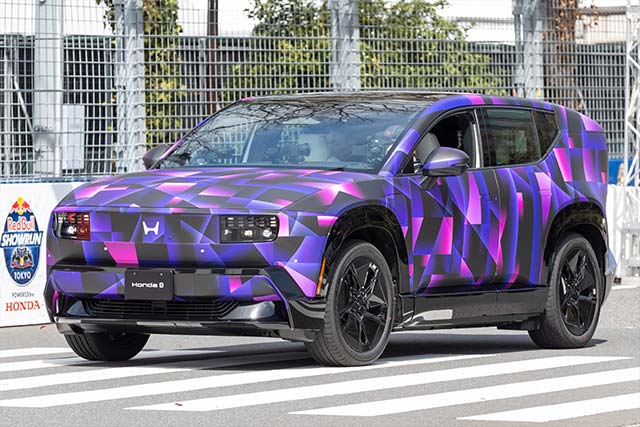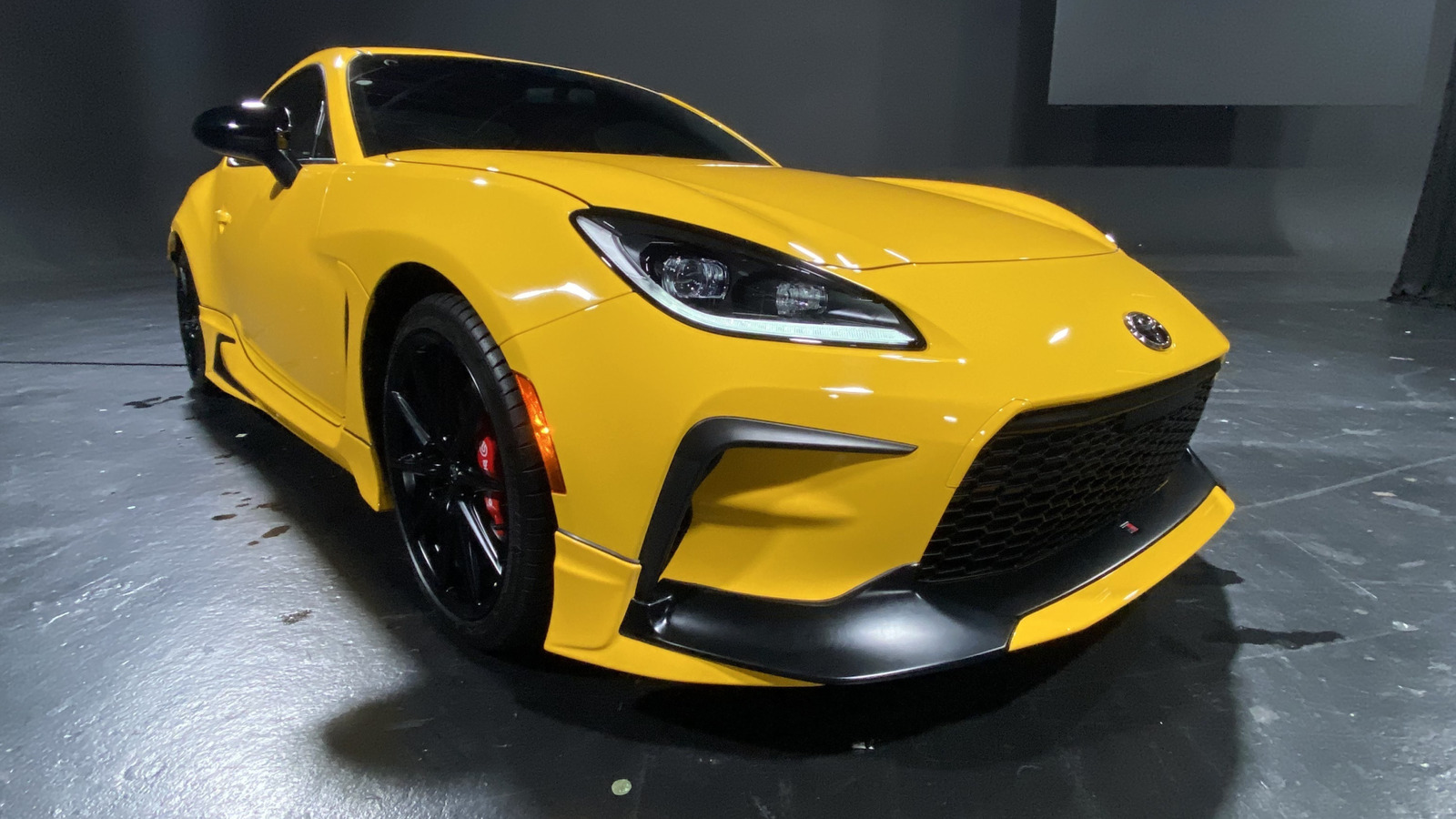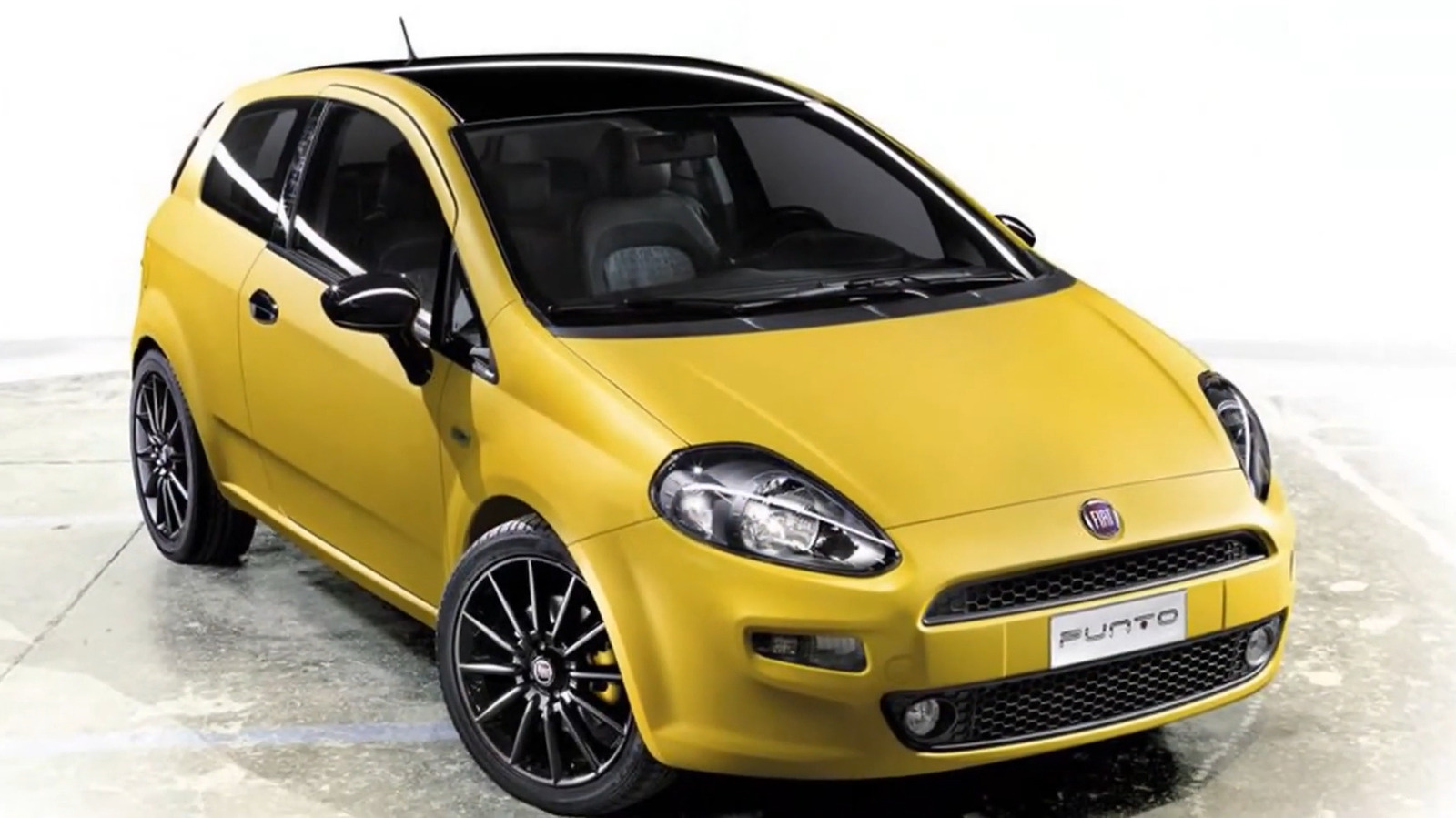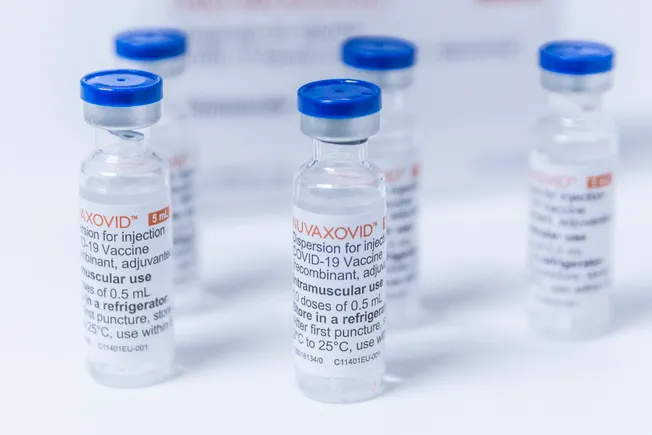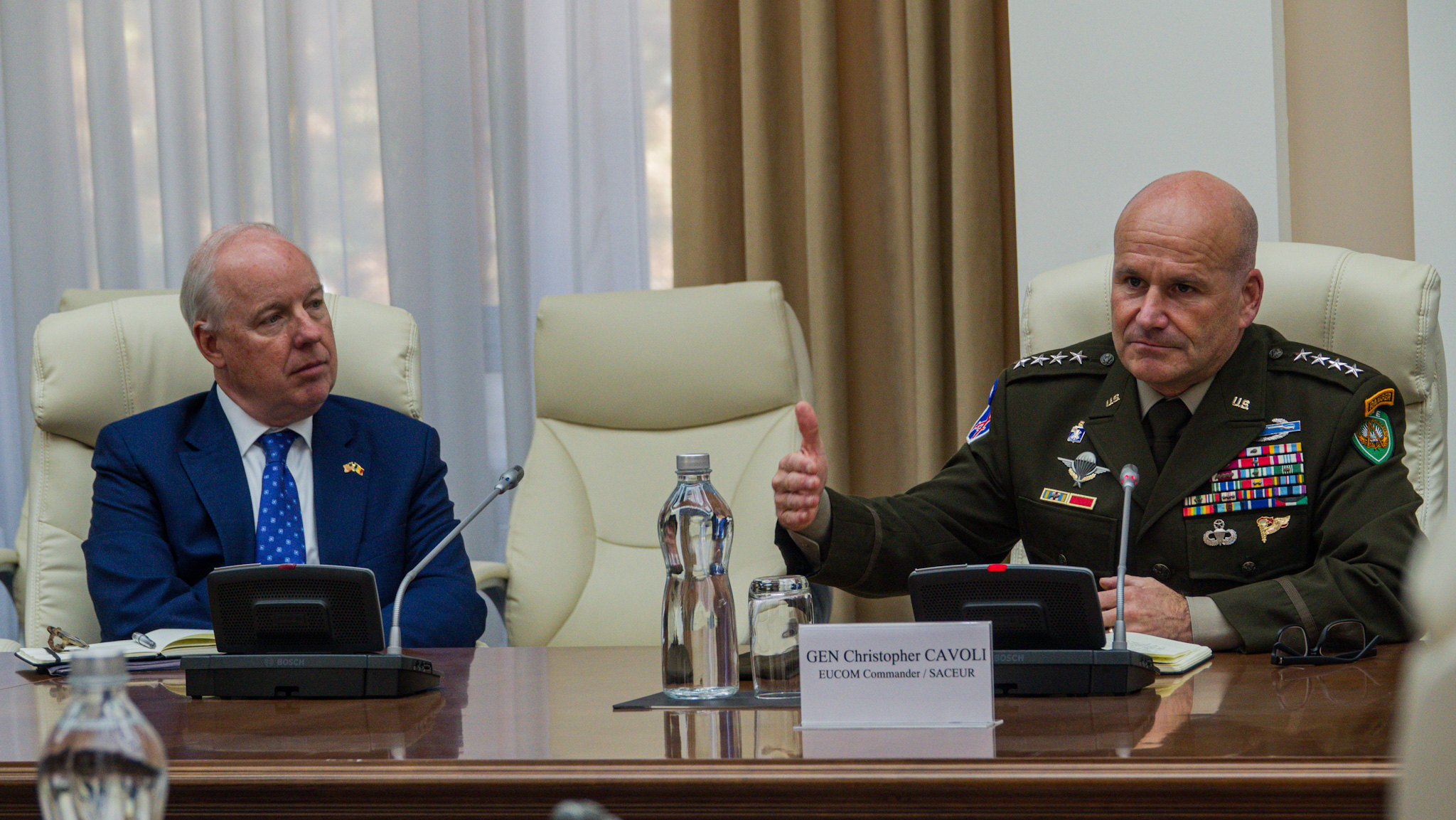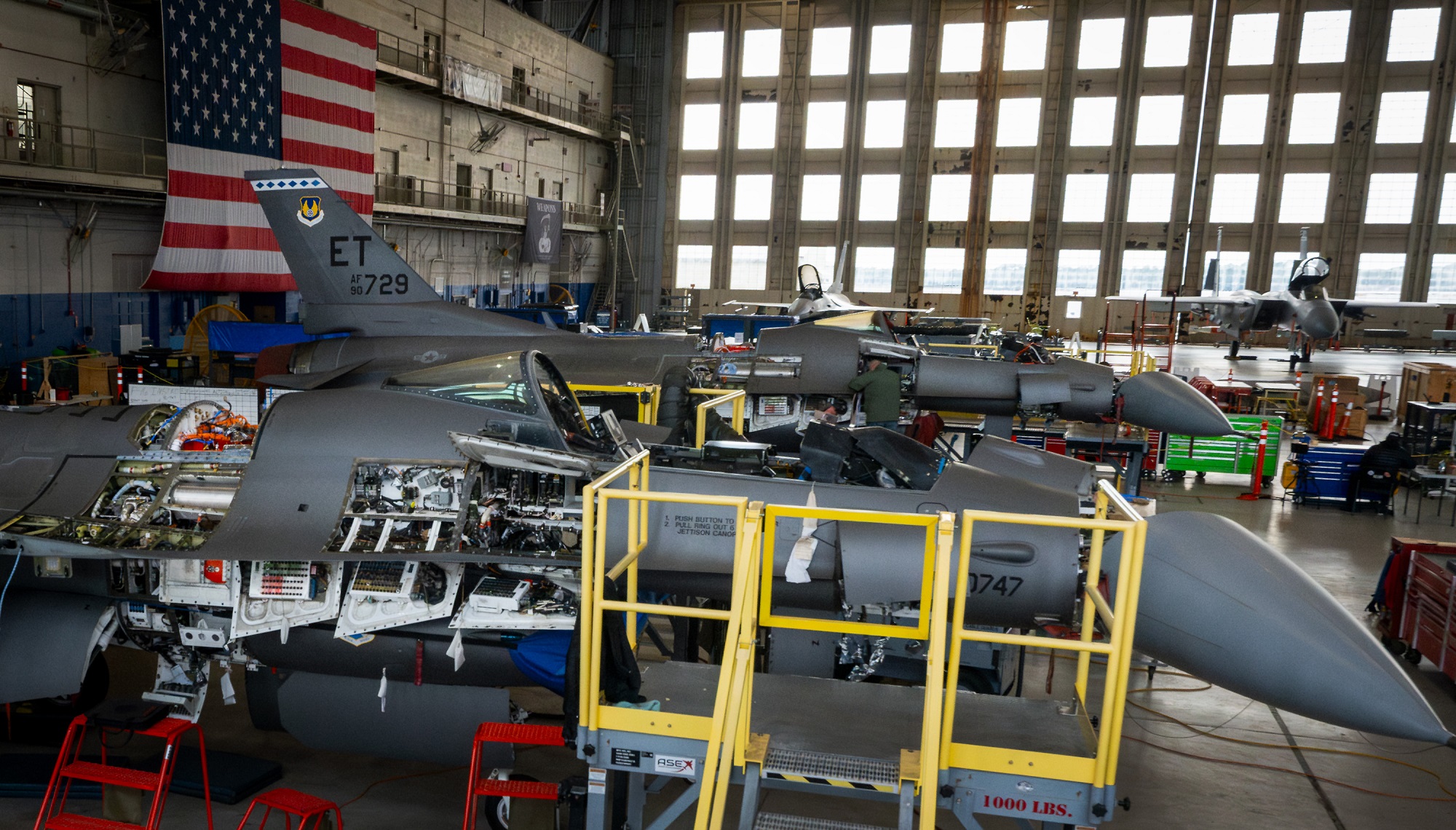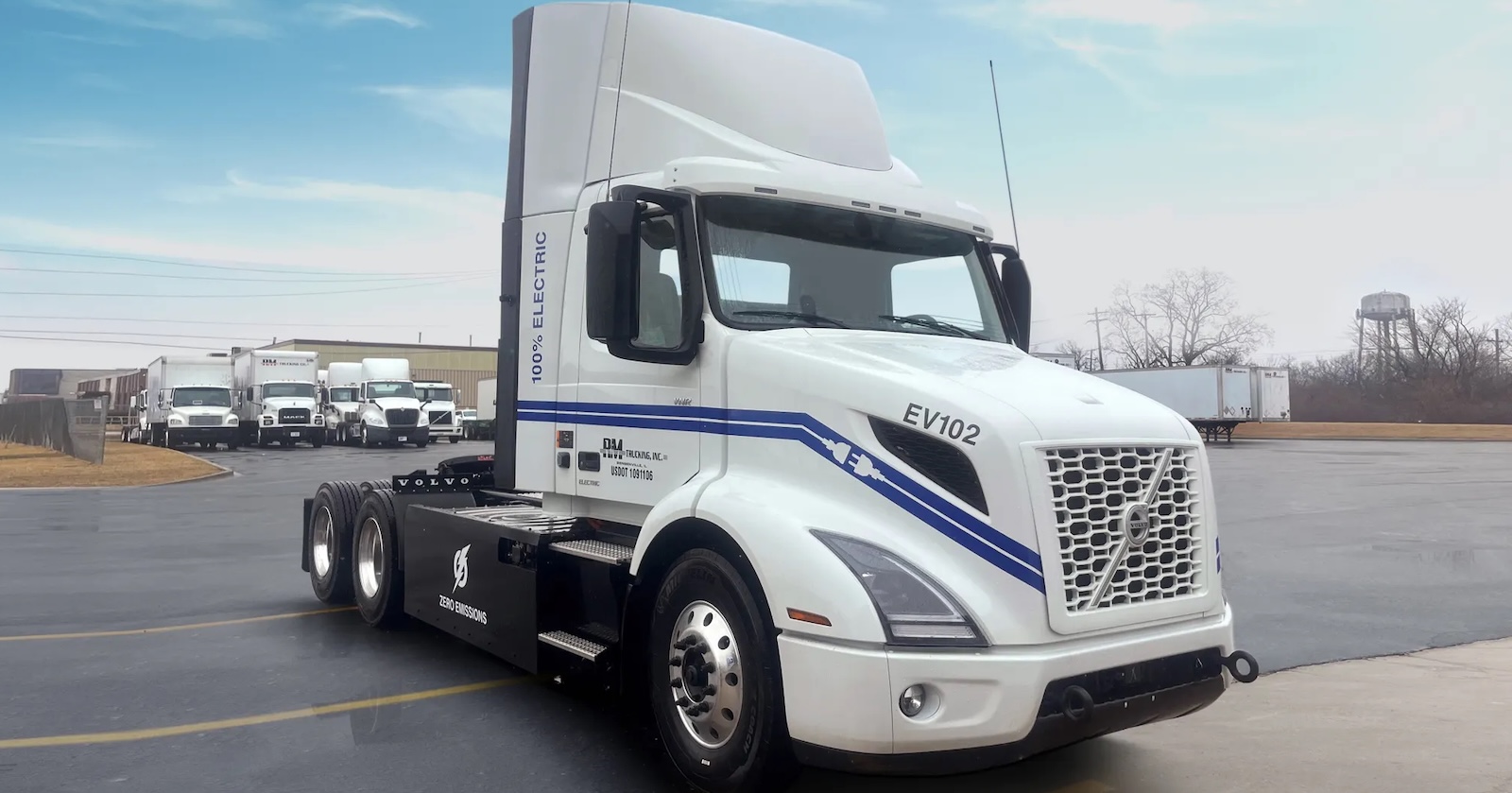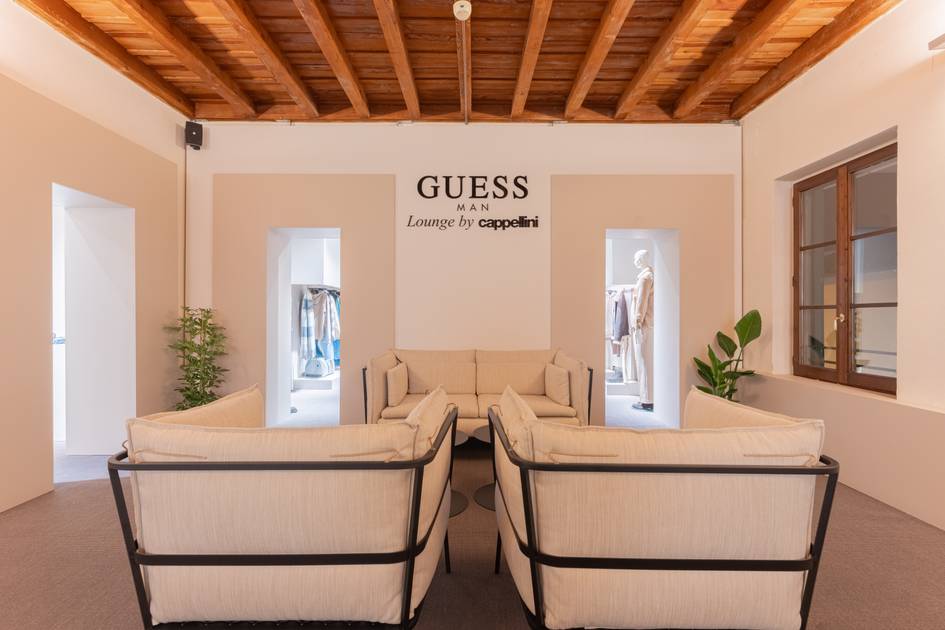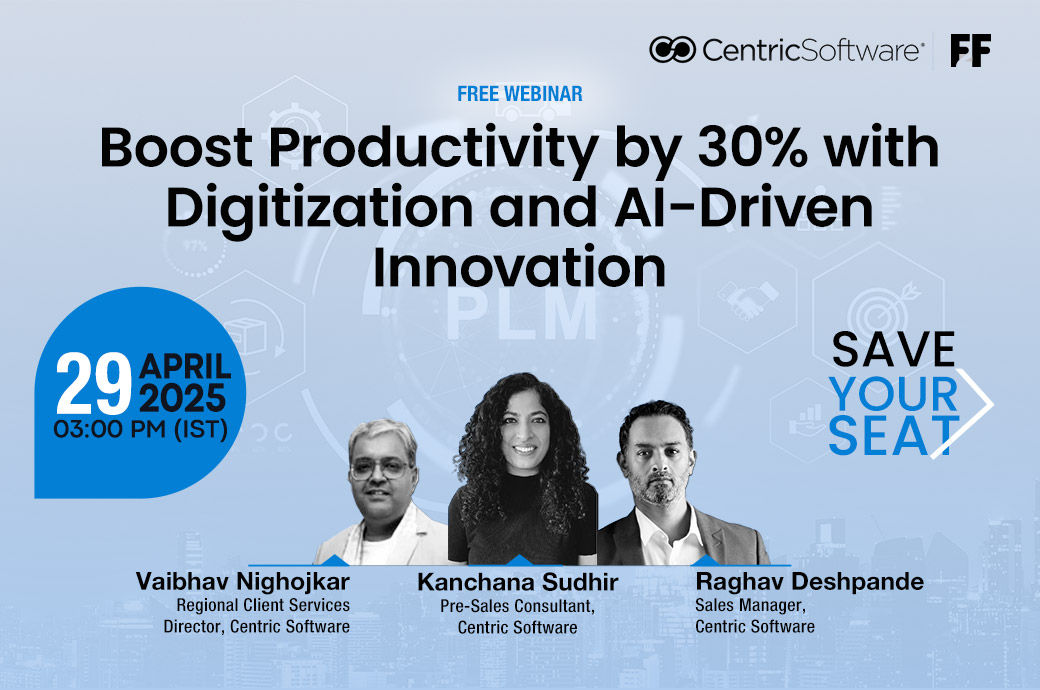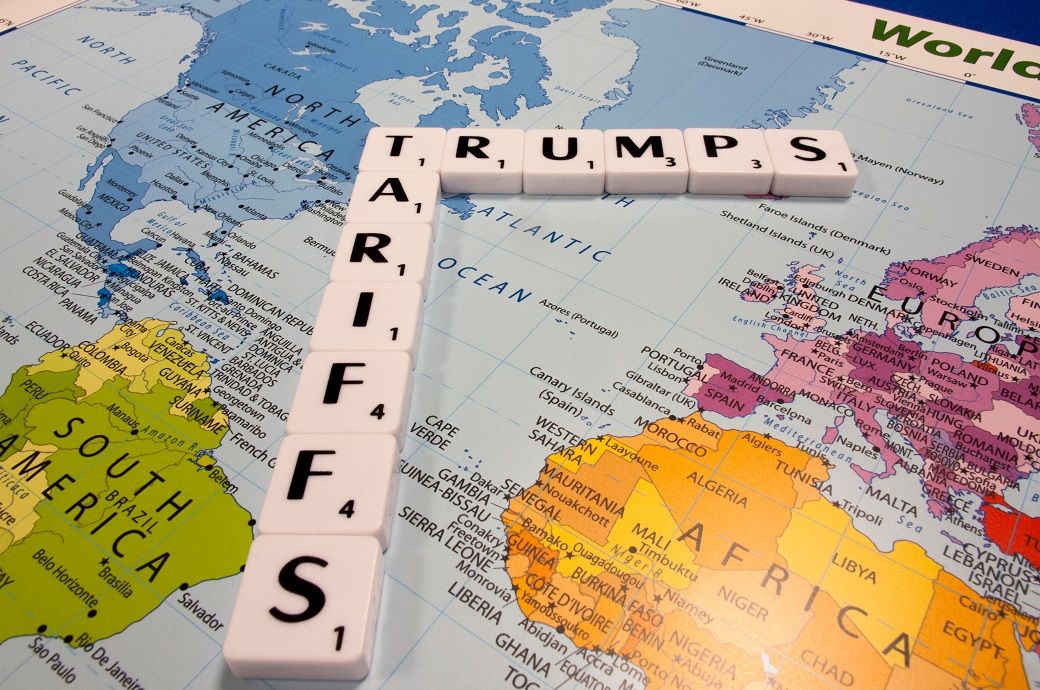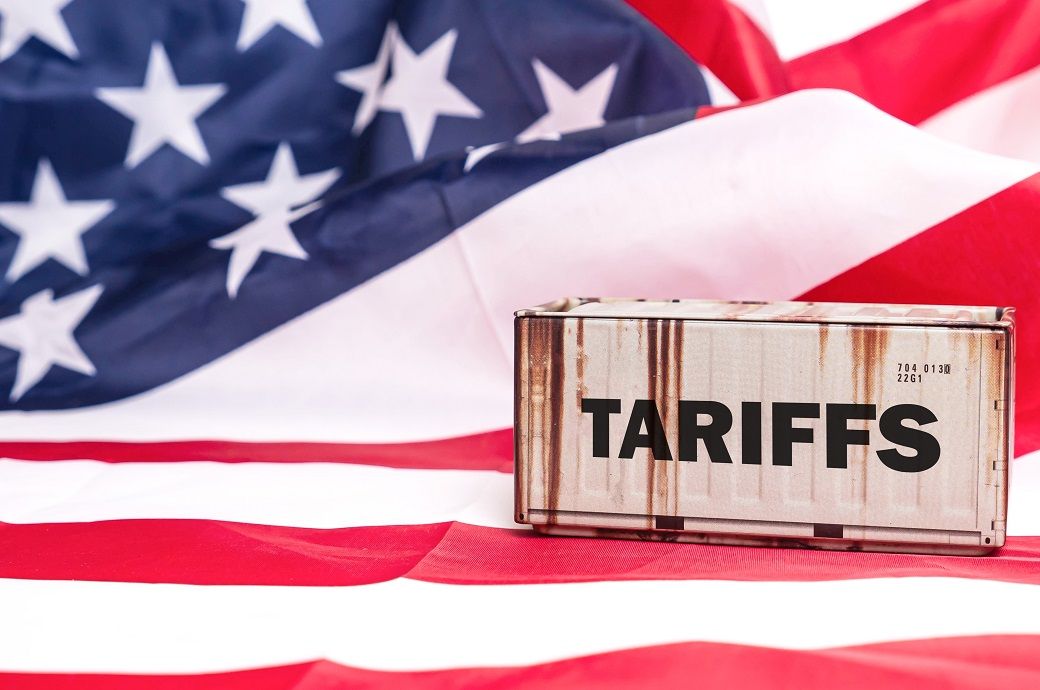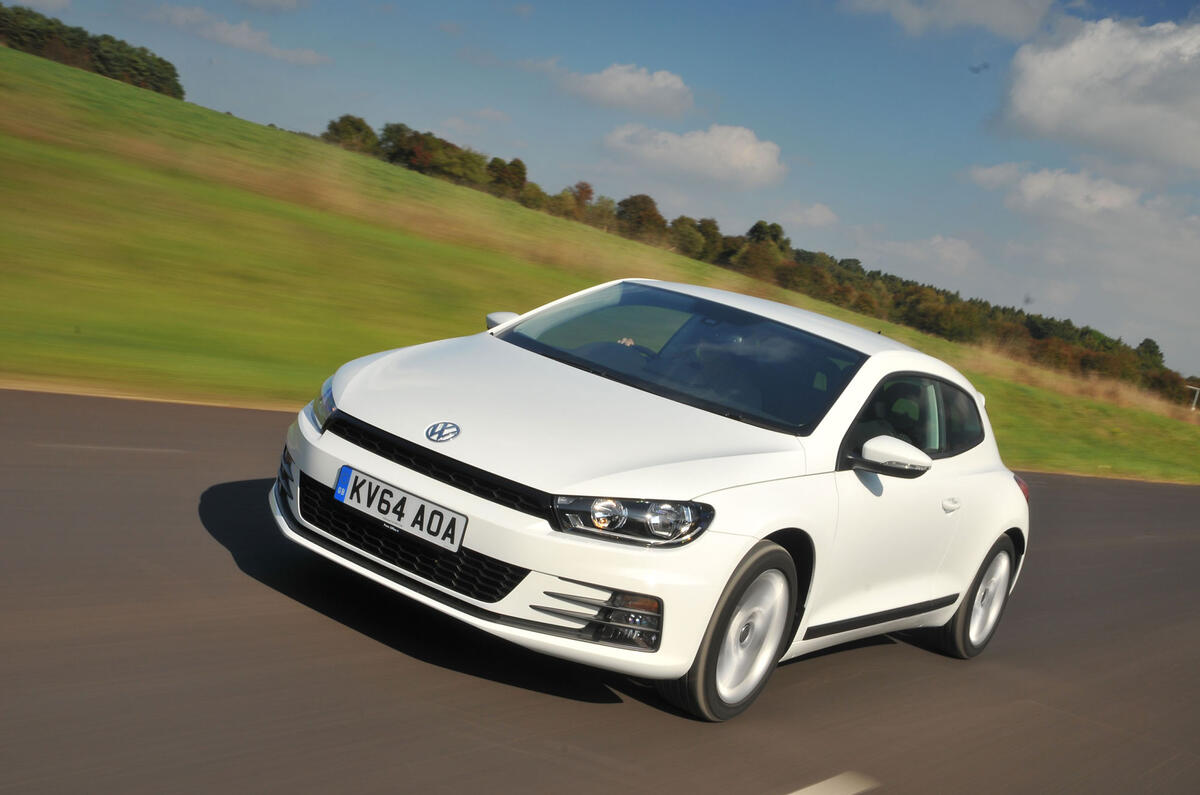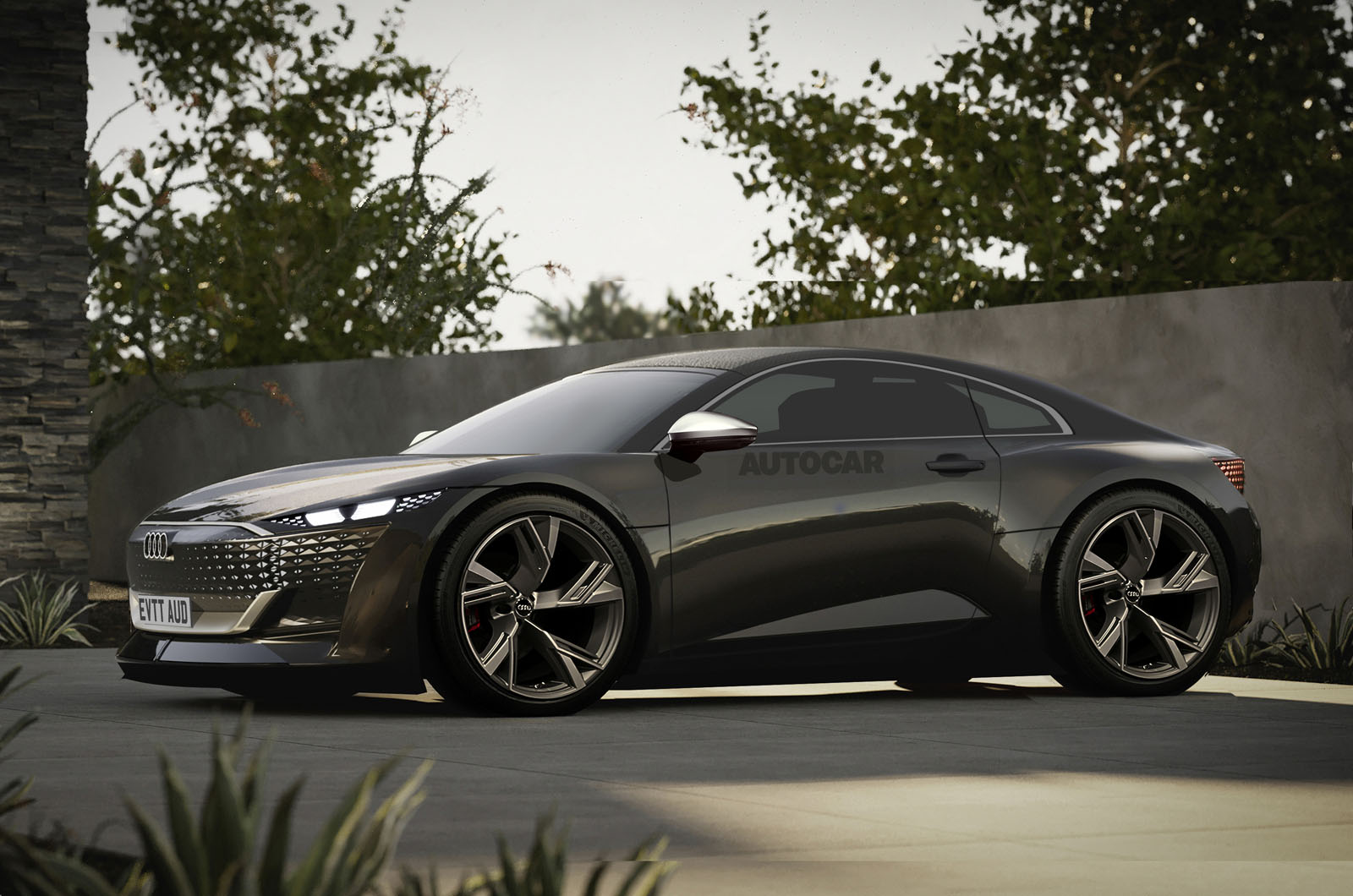Exclusive: McLaren plots reinvention in full merger with Forseven
Forseven merger will bring a broader line-up, here imagined by Autocar Full interview with CEO as British firm sets its sights on dramatic expansion beyond mid-engined supercars McLaren Automotive is to merge with the start-up company Forseven in a bombshell move that will enable McLaren to expand beyond making mid-engined supercars for the first time. The move secures the future of McLaren, giving it the capital, technology and resources to go into areas of the market it has not been able to finance itself. Forseven is a British start-up that has been quietly assembling a team of more than 700 industry professionals, among them big-name designers, engineers and executives from rival British car companies, and has been building towards the launch of a range of luxury models under a new brand. The common link between the two companies is the Abu Dhabi government-backed investment company CYVN Holdings, which has facilitated a merger operating under the McLaren Automotive name that will enable the models in development at Forseven to come to market under the McLaren badge. This gives Forseven a shortcut to market, and McLaren the expansion and security it craves and the ability to better compete with the likes of Ferrari, Lamborghini, Aston Martin and Bentley. The official announcement confirms an Autocar story from February, which revealed a merger was being planned between McLaren Automotive and Forseven to enable McLaren to expand beyond its range of supercars. The new combined company, McLaren Group Holdings, will be led by Forseven CEO Nick Collins who – in his only interview with an automotive title – told Autocar that “we’re about to embark on the most exciting British automotive story in decades”. Collins was previously a senior engineer at Ford and latterly JLR, where he oversaw the likes of the Defender and Range Rover. The Forseven name had never been intended as a customer-facing brand, and will cease to exist. “It’s just a holding name, and we’ve been building at an incredible pace,” said Collins, who took up the role of Forseven CEO in January last year. The first official details of the new-era McLarens will be revealed later this year, with Collins promising “a bigger-bang event” that goes beyond this initial corporate announcement. In the meantime, the company says work will "commence immediately" on a six-month turnaround of the existing McLaren Automotive business. He declined to go into specifics in terms of any of the models planned but confirmed it was a range of cars in the luxury market at higher price points, which would make for a broader portfolio of McLaren models than exists today. Our artist’s renderings accompanying this story imagine what some of those cars might look like. “It’s not as challenging as you think to explore how the design language of this brand [McLaren] could evolve in the future and still maintain everything that they’ve already done and a lot more,” said Collins. Design work is being overseen by Alister Whelan, an ex-JLR colleague of Collins. Before Collins arrived at Forseven in January 2024, design models and feasibility studies for models had been created but “we have evolved a long way since then”. The design team is made up of around 50 people and Collins said their output was “staggering” over the past 12 months, with virtual reality being used alongside physical models to allow design work to take place 24/7 with a further team based in Australia alongside the UK operation. “They’re really looking into the fundamental building blocks of British design,” he said. “There are some amazingly consistent elements of British design, and particularly British luxury design, that permeate British brands. We’ve taken that, plus some McLaren influence, into where we’re going to go.” Prior to the McLaren deal, it had been Forseven’s intention to go to market as its own brand, albeit not called Forseven, and it had been working on different brands and names. Intriguingly, the models that have been in creation at Forseven are not solely electric (an easy assumption to make, given its website URL is forseven-ev.com) and McLaren’s expansion into other segments will include high-performance internal combustion engines. Collins said: “The future of propulsion is multi-propulsion. The more luxurious the vehicle gets, the better electric is for it because it’s quieter, more refined. So it will play a role. “We genuinely think you can make a brilliant electric car in certain segments, but through the way the world is transiting at different paces in different parts of the world, we will have different propulsion technologies to allow us to grow in the right way.” Another one of CYVN’s investments is in Chinese electric car maker Nio. Collins said a technology licence existed between Forseven and Nio “that we have incorporated into the cars” but it was for specific “technology chunks” rather than for an architecture on which to base the cars as buying in arc


Forseven merger will bring a broader line-up, here imagined by AutocarFull interview with CEO as British firm sets its sights on dramatic expansion beyond mid-engined supercars
McLaren Automotive is to merge with the start-up company Forseven in a bombshell move that will enable McLaren to expand beyond making mid-engined supercars for the first time.
The move secures the future of McLaren, giving it the capital, technology and resources to go into areas of the market it has not been able to finance itself.
Forseven is a British start-up that has been quietly assembling a team of more than 700 industry professionals, among them big-name designers, engineers and executives from rival British car companies, and has been building towards the launch of a range of luxury models under a new brand.
The common link between the two companies is the Abu Dhabi government-backed investment company CYVN Holdings, which has facilitated a merger operating under the McLaren Automotive name that will enable the models in development at Forseven to come to market under the McLaren badge.
This gives Forseven a shortcut to market, and McLaren the expansion and security it craves and the ability to better compete with the likes of Ferrari, Lamborghini, Aston Martin and Bentley.
The official announcement confirms an Autocar story from February, which revealed a merger was being planned between McLaren Automotive and Forseven to enable McLaren to expand beyond its range of supercars.
The new combined company, McLaren Group Holdings, will be led by Forseven CEO Nick Collins who – in his only interview with an automotive title – told Autocar that “we’re about to embark on the most exciting British automotive story in decades”.
Collins was previously a senior engineer at Ford and latterly JLR, where he oversaw the likes of the Defender and Range Rover.
The Forseven name had never been intended as a customer-facing brand, and will cease to exist.
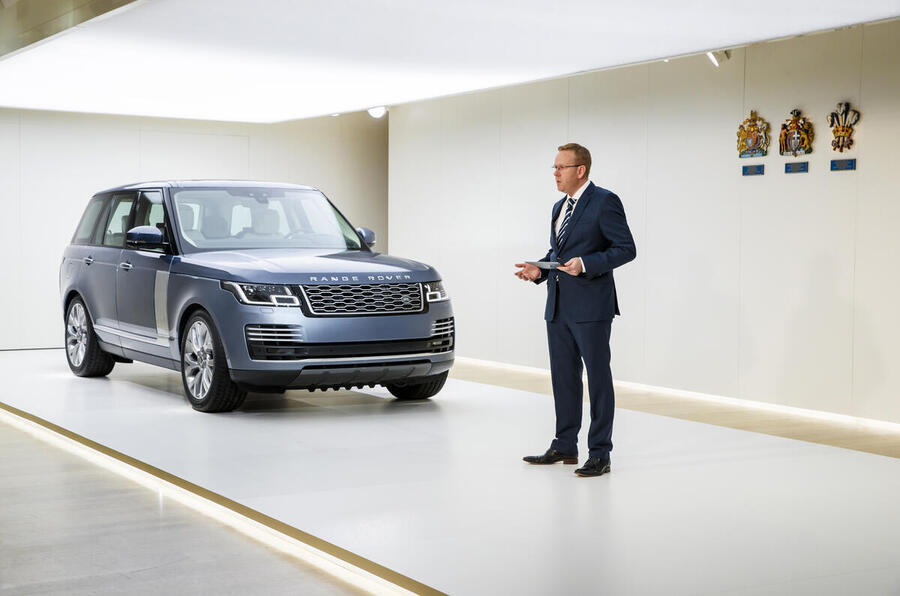
“It’s just a holding name, and we’ve been building at an incredible pace,” said Collins, who took up the role of Forseven CEO in January last year.
The first official details of the new-era McLarens will be revealed later this year, with Collins promising “a bigger-bang event” that goes beyond this initial corporate announcement.
In the meantime, the company says work will "commence immediately" on a six-month turnaround of the existing McLaren Automotive business.
He declined to go into specifics in terms of any of the models planned but confirmed it was a range of cars in the luxury market at higher price points, which would make for a broader portfolio of McLaren models than exists today. Our artist’s renderings accompanying this story imagine what some of those cars might look like.
“It’s not as challenging as you think to explore how the design language of this brand [McLaren] could evolve in the future and still maintain everything that they’ve already done and a lot more,” said Collins.
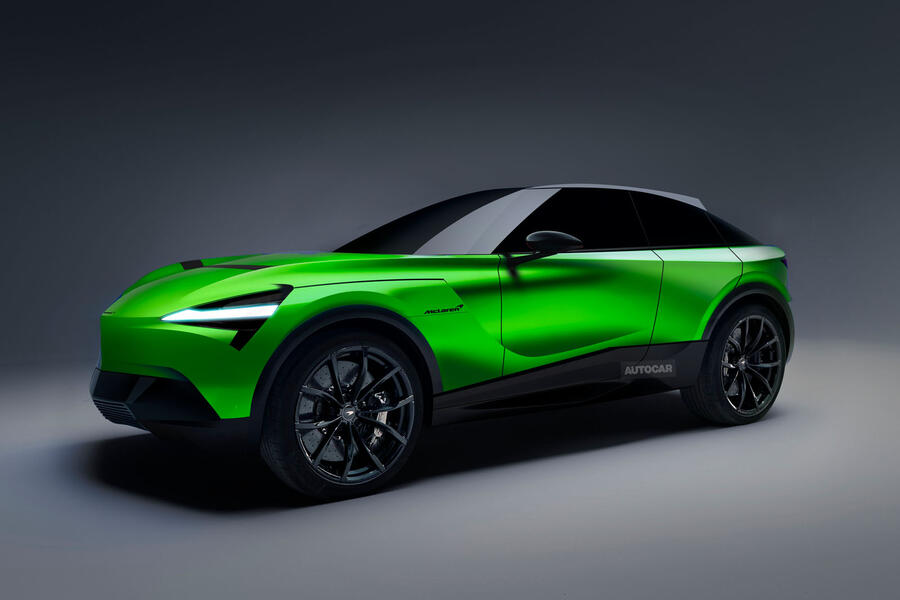
Design work is being overseen by Alister Whelan, an ex-JLR colleague of Collins. Before Collins arrived at Forseven in January 2024, design models and feasibility studies for models had been created but “we have evolved a long way since then”.
The design team is made up of around 50 people and Collins said their output was “staggering” over the past 12 months, with virtual reality being used alongside physical models to allow design work to take place 24/7 with a further team based in Australia alongside the UK operation.
“They’re really looking into the fundamental building blocks of British design,” he said. “There are some amazingly consistent elements of British design, and particularly British luxury design, that permeate British brands. We’ve taken that, plus some McLaren influence, into where we’re going to go.”
Prior to the McLaren deal, it had been Forseven’s intention to go to market as its own brand, albeit not called Forseven, and it had been working on different brands and names.
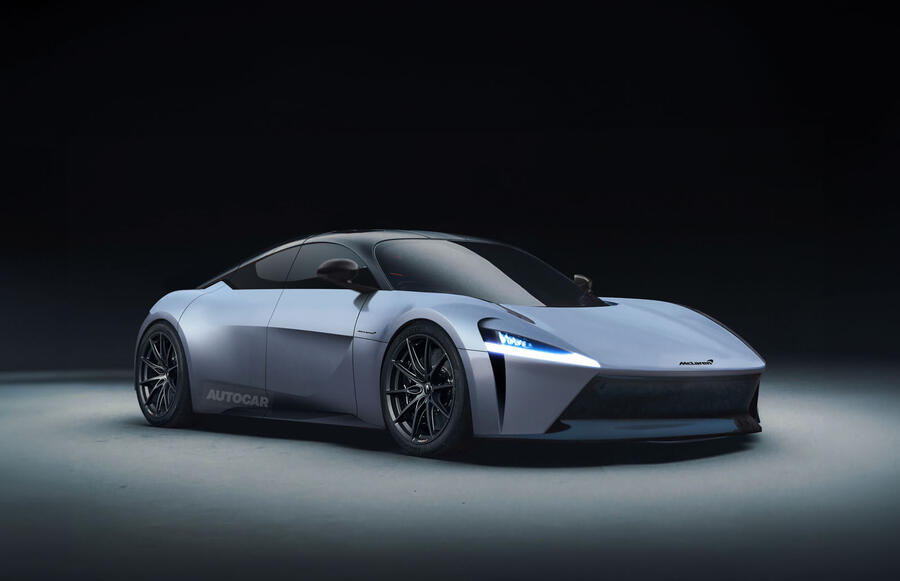
Intriguingly, the models that have been in creation at Forseven are not solely electric (an easy assumption to make, given its website URL is forseven-ev.com) and McLaren’s expansion into other segments will include high-performance internal combustion engines.
Collins said: “The future of propulsion is multi-propulsion. The more luxurious the vehicle gets, the better electric is for it because it’s quieter, more refined. So it will play a role.
“We genuinely think you can make a brilliant electric car in certain segments, but through the way the world is transiting at different paces in different parts of the world, we will have different propulsion technologies to allow us to grow in the right way.”
Another one of CYVN’s investments is in Chinese electric car maker Nio. Collins said a technology licence existed between Forseven and Nio “that we have incorporated into the cars” but it was for specific “technology chunks” rather than for an architecture on which to base the cars as buying in architectures was “the graveyard of car projects”.
“We’ll be deploying [the technology] in a very unique way that’s specific to what we’re trying to achieve; think of it as an accelerator to what we do,” said Collins.
Based on that description, examples of the technology that Forseven could use from Nio for future McLarens are its autonomous driving features and its battery-swapping technology for electric cars. And when it comes to architectures, McLaren’s experience in composites is likely to come into play.
CYVN has also acquired Gordon Murray Technologies, which includes the rights for the iStream manufacturing process. This process is more cost effective than traditional manufacturing and allows for lighter vehicle weight. Collins said “the spirit” of the process would be used for production in the future and “research projects are ongoing” to that end.
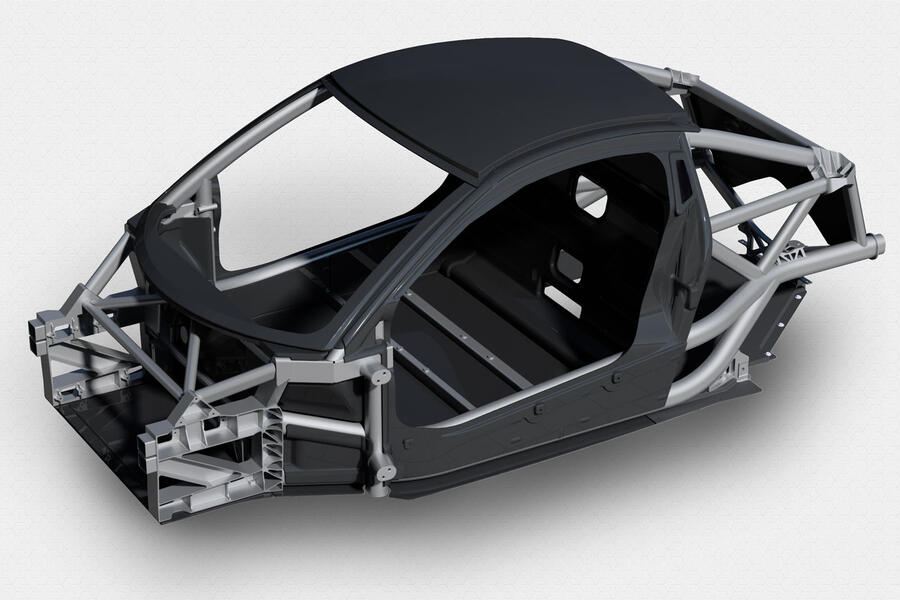
Vehicle development is a huge part of what GMT does, and its engineers are sure to be playing a leading role in developing this new era of McLarens.
Collins said Forseven was looking at the evolution of luxury brands in other markets – for example, Louis Vuitton moving into selling trainers – as a way of broadening and redefining what the types of cars companies like McLaren can make and sell. To that end, Forseven was “trying to think a bit more luxury than automotive in exploring what we do”.
Collins said: “We have to overcome that British reserve: why can’t you do that? Automotive wisdom might say you can’t do this at this time, but luxury wisdom in adjacent segments would say you can.
“The first thing we could do is fail to try. We’re not going to be reckless or stupid. But expect us to be a little bit unconventional in how we do it.”
Indeed, Collins hinted that Forseven could even look to revive vehicle types from the past. He cited the Defender 90 as an example of a car where outwardly it seemed “the three-door car market was dead” but “if you get the car right, then it will recreate a market or generate a market”.
“If you get the cars right, you will distort the market, because you will drag people from other luxury brands or drag people up who will do whatever they can to get the car, and you’ll create success through that,” added Collins.
“I fundamentally believe success comes from great products and if you don’t have great products, it doesn’t matter what you write down as your ambition as it’s not going to happen.”
Collins promised cutting-edge technology for the new McLarens and would “play a huge role” in everything the brand does, including in the hardware and software underpinning the car.
“Whether it's a direct or indirect relationship, technology plays a role,” he said. “It might be manufacturing technology in terms of how you build the car that gives it a certain weight level [iStream]. It might be technology that gives it performance, quietness, connectivity, or active safety. People buy a package.
“I also believe when you enter segments that you've not been in before, brand advantage is good. Design advantage is good. Everything else we underpin with technology.”
More broadly on the new company and the emergence of CYVN in the automotive industry, Collins said “this is not a vanity project”. “This is a financial investment that we will build out and, in my mind, become one of the best, if not the best car company in the world,” he said. “That might take a very long time, but the people that back this have a long-term horizon for a sustainably profitable business that is admired around the world.
“I’m sure there will be plenty of people out there throwing rocks at it and saying it can’t be done, and such and such can’t happen. But I really want this to be something that Britain can become very proud of.”
McLaren merges with Forseven: the biggest questions

What is CYVN Holdings?
It is an investment arm of the Abu Dhabi state, with what Collins calls “a remit to invest in advanced mobility”.
It formed Forseven as an anchor investment in 2022, and has expanded its automotive portfolio since then. It paid $2.2 billion (£1.7bn) for a 20% stake in Chinese company Nio in late 2023, and Collins sits on the Nio board as part of its stake holding.
It bought Gordon Murray Technologies in 2023, and it also acquired the rights for GMT’s innovative ‘iStream’ production process as part of that deal.
CYVN acquired McLaren Automotive in December 2024, and it was Collins, who also acts as an automotive advisor to CYVN, who around a year ago first suggested it looked at the Woking-based supercar maker to help realise Forseven’s ambitions. The merger was always the intention, and has been formally in the works since then.
CYVN took a non-controlling stake in McLaren Racing as part of that deal.
Who is Nick Collins?
Collins is one of the most prominent engineers in the industry. He left a board role at JLR to join Forseven as CEO. His nine-year career at JLR culminated with the job of executive director for vehicle programmes.
At JLR, he has played a key role in the development of all its current models, including the Range Rover and Defender, as well as development work on the future range of electric Jaguars.
Prior to JLR, Collins spent two decades at Ford, overseeing development of the likes of the Fiesta ST.
Should we consider this ‘new McLaren’ a British brand?
While the financing comes from Abu Dhabi, all other operations and key development sites are very much British. To that end, the new McLaren is no different to the German-owned Bentley and Rolls-Royce. Or indeed the Bahrain-owned McLaren previously.
Even before McLaren’s emergence in the project, Forseven was creating models that would have been part of a “British luxury brand”.
“We wanted to make a British brand, and I had a very clear perspective of where I felt Britain as an automotive nation excels and where we should play with the business,” said Collins.
Where will McLaren now be based?
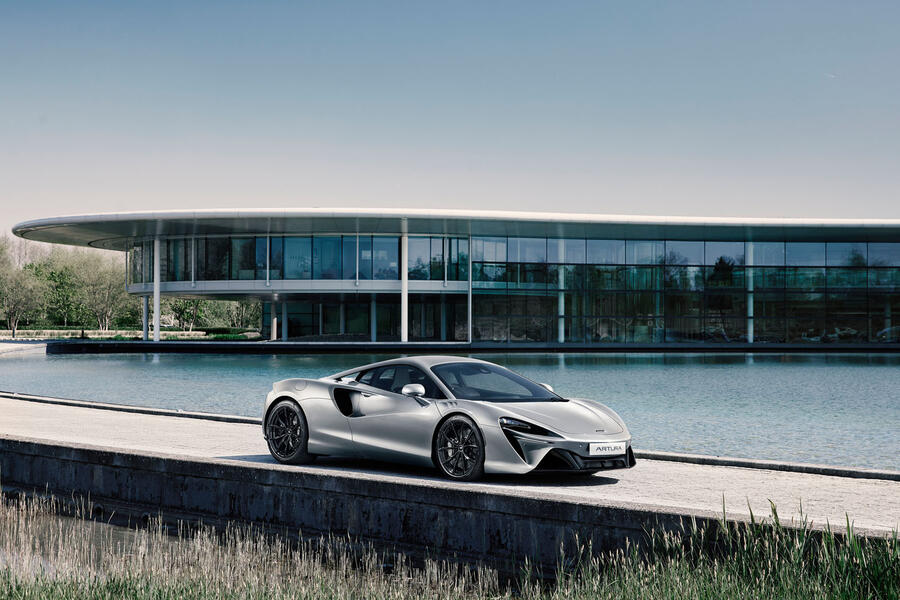
Bicester, Oxfordshire. Forseven has three units there already and a new design centre opening soon. Forseven also has offices in Leamington Spa, unsurprisingly given the volume of talent it has attracted from neighbour JLR.
All McLaren facilities at Woking, along with its composites factory in Yorkshire, will be retained for now, and the companies will be integrated together rather than run separately. Collins favours the Bicester location as a central hub between the Midlands and London/south-east, allowing It to attract a wider talent pool.
Further facilities are at Shalford, near Guildford, where the Gordon Murray Technologies operation is currently run.
Collins said the new company “would probably look to rationalise our footprint over time”, yet all facilities would be retained for now.
Collins would not confirm where the Forseven-derived McLarens would be built, only ruling out China as one option.
How many cars will McLaren make?
Collins declined to comment on volume projects and, regardless, “personally, I don’t like judging car companies by volume”.
“I’d much rather think about value, and where we can generate value with this brand and this portfolio of cars,” he added. “The volume will take care of itself after that and I’m not interested in pushing against a specific target. In the luxury world, you don’t really want to talk about how many things you sell, you want to talk about the value you create and experiences you deliver to your consumers.”
McLaren itself sold just over 2000 supercars last year, and based on the way the likes of Ferrari and Lamborghini have bolstered their sales beyond 10,000 thanks to additional model lines, this could be a long-term figure Forseven could get to given the likely pricing and positioning of the new models. The 7000 sales Aston Martin is targeting per year would be a more likely number to pass in the medium term for McLaren.
What will happen to Forseven as we know it today?
In fairly short order, it will cease to exist and McLaren is the name it will be known by. Forseven is a company name for now, but one that has been working in the background and with no real public-facing presence and close to zero awareness in wider public consciousness apart from those in the industry.
Collins said that creating and building a new brand was the biggest risk facing Forseven in going to market, and what it saw with McLaren was “an incredible opportunity to actually adapt what we were doing to build out something that has incredible potential”.
What will happen to the existing McLaren team and leadership?

The McLaren Group has around 3500 staff including the racing team, and the number working across its Automotive division that CYVN has acquired is around 2000-2500.
Collins is promising a full integration of the two companies and they will operate as one. He acknowledges that “change is always difficult” and he said the two companies had spent a lot of time already “looking at where we are similar and where we are different”.
When asked what would happen to existing McLaren Automotive boss Michael Leiters, Collins said he would not comment on specific roles but said that he and Leiters had noted that the two companies’ leadership teams had “got on extremely well, extremely quickly”.
Will there be job cuts?
While the intention is to ultimately grow in size in the newly expanded McLaren, Collins said it was “too early to say” if there would be job cuts due to overlap following the merger:
“What I’ve said to everybody [at McLaren] is that we’ve got to improve short-term performance – that’s clear. And, frankly, at Forseven we can improve things on efficiency and how we’re allocating resources for what we’re getting done as well.”
He referred several times to “one plus one equalling more than two” in bringing together the entities of Forseven and McLaren to unlock additional growth and opportunities on both sides.
Would the expansion of Lotus be a fair comparison to what has happened with Forseven and McLaren?
On the face of it, it seems similar: sports car maker gets taken over and then starts to make other vehicle types. But Forseven and McLaren will be integrated as one company in one country, whereas Lotus effectively operates as two companies: a sports car arm in Norfolk, and larger electric cars from China. Very little DNA exists between the two arms, either. Forseven is promising something very different.
Who else is involved at Forseven?
The Forseven team is made up of more than 700 individuals (and it works with more than that number again through external partners), largely recruited from other car makers. That number has grown from around 250 at the start of 2024.
Alister Whelan, formerly of JLR and an ex-colleague of Collins, heads up the design team.
Around half of the 700 Forseven team work in R&D.
It has used headhunters, recruitment partners and the likes of professional networking site LinkedIn to help build the Forseven staff.
Other prominent team members include ex-Lotus bosses Mike Johnstone and Conor Horne, who are commercial director and director of commercial readiness at Forseven respectively.
Intriguingly, ex-McLaren CEO Mike Flewitt had been working with Forseven and Gordon Murray Technologies for the past year but according to his LinkedIn profile he left that role in February.
How will this link to the Formula 1 team?
Perhaps more than now. CYVN’s McLaren Automotive deal included a non-controlling stake in the McLaren Racing arm, whose F1 team is the reigning champion.
“The racing team is doing a phenomenal job at the moment, so the global awareness of the brand is incredible,” said Collins. “I want to get the awareness of the automotive part of the business to the same scale and value as the racing is, but that’s not about hitting a headline volume.”
Collins noted how the racing team had moved into other categories, including Indycar and Formula E, and made the comparison for the road car division to do the same, moving from supercars to other vehicle types.
“Customers want to be in different categories,” said Collins. “Why can’t they have a [McLaren] W1 in the garage, and something else they use every day? We want people to attach to a brand and an experience.”

















